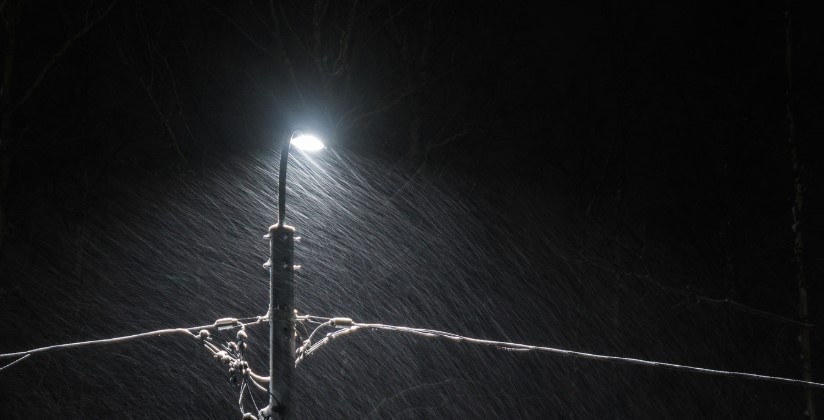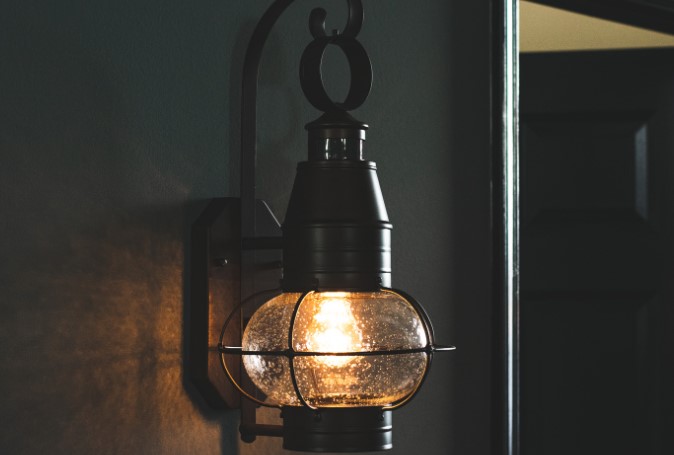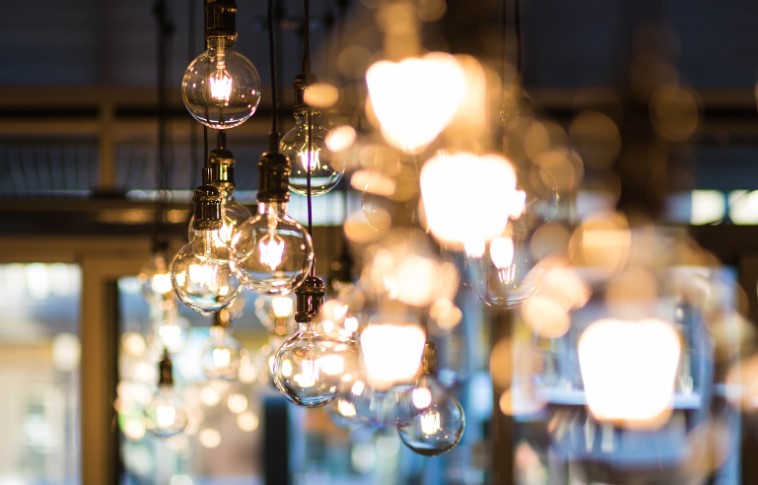- How Does a Lamp Transfer Useful Energy?
- What Carries the Useful Energy from a Lamp to Its Surroundings?
- How Efficient Are Different Types of Lamps in Energy Transfer?
- Why Do Some Lamps Waste More Energy?
- How Can We Reduce Energy Wastage in Lighting?
- Common Myths About Light Energy Transfer
- Conclusion – Understanding Energy Transfer from Lamps
- FAQ On Energy Transfer from Lamps
What carries the useful energy from a lamp to its surroundings? is a common question among us. Lets dive in to learn what it is.
How Does a Lamp Transfer Useful Energy?
The useful energy from a lamp is carried by electromagnetic waves, mainly in the form of visible light and infrared radiation.
When a lamp is switched on, electrical energy is converted into light energy, which spreads out to illuminate objects and surroundings. However, not all of the energy is useful—some is lost as heat.
What Type of Energy Does a Lamp Produce?
A lamp converts electrical energy into two main forms:
- Light energy (useful energy) – This is carried by visible electromagnetic waves and is responsible for illumination.
- Heat energy (wasted energy) – This is carried by infrared radiation, which is often lost to the surroundings.
The efficiency of a lamp depends on how much of the electrical energy is converted into useful light energy instead of being lost as heat.

What Carries the Useful Energy from a Lamp to Its Surroundings?
The useful energy from a lamp is primarily carried by visible light waves that travel through the air. These electromagnetic waves move in straight lines and can be reflected, absorbed, or refracted when they interact with surfaces.
- Reflection: When light bounces off a surface, changing direction.
- Absorption: When light is absorbed by an object, converting into heat.
- Refraction: When light bends as it passes through different materials.
How Efficient Are Different Types of Lamps in Energy Transfer?
Different types of lamps vary in how efficiently they convert electrical energy into light. Here’s a comparison:
| Lamp Type | Useful Energy (Light) | Wasted Energy (Heat) | Efficiency (%) |
| Incandescent | 10% | 90% | Low (Less than 20%) |
| LED | 80% | 20% | High (80-90%) |
| Fluorescent | 70% | 30% | Moderate (60-70%) |
- Incandescent bulbs waste most of their energy as heat.
- Fluorescent lamps are more efficient but still produce some wasted heat.
- LED bulbs are the most energy-efficient, converting most of their energy into useful light.

Why Do Some Lamps Waste More Energy?
The amount of wasted energy depends on how the lamp generates light:
- Incandescent bulbs heat a filament until it glows, but most energy is lost as heat.
- Fluorescent lamps use gas and a phosphor coating to produce light, wasting less heat.
- LEDs pass electricity through a semiconductor, generating very little heat and maximising useful energy.
How Can We Reduce Energy Wastage in Lighting?
To improve efficiency and reduce wasted energy:
- Use LED bulbs – They convert most energy into useful light.
- Use reflectors and diffusers – They direct more light where it’s needed.
- Optimise lamp placement – Positioning lamps correctly can reduce the number of bulbs needed.

Common Myths About Light Energy Transfer
- Myth: All bulbs transfer energy the same way → Reality: Some are much more efficient than others.
- Myth: Heat energy from lamps is always useful → Reality: In most cases, it is wasted energy.
Conclusion – Understanding Energy Transfer from Lamps
Lamps transfer useful energy through visible light waves that illuminate surroundings. However, some energy is lost as heat (infrared radiation). Choosing energy-efficient bulbs, like LEDs, helps reduce energy waste and improve lighting efficiency.
Hope this guide has given answer for “what carries the useful energy from a lamp to its surroundings?”
Related Article: How Much Work Is Done If a Force of 20N Is Used to Move an Object 6 Metres?
FAQ On Energy Transfer from Lamps
1. Does a lamp transfer energy through conduction or convection?
No, a lamp primarily transfers energy through radiation. Unlike conduction (which requires direct contact) or convection (which involves fluid movement), the useful energy from a lamp is carried by electromagnetic waves, specifically visible light and some infrared radiation.
2. Can the useful energy from a lamp be stored for later use?
No, once a lamp emits light, the energy is immediately absorbed, reflected, or scattered by surrounding objects. However, solar-powered lamps can store electrical energy in batteries for later use.
3. Why do some lamps appear brighter than others if they all use the same amount of electricity?
The brightness of a lamp depends on how efficiently it converts electrical energy into light. LEDs appear brighter than incandescent bulbs of the same wattage because they produce more visible light and waste less energy as heat.
4. Does the colour of light affect how energy is carried from a lamp?
Yes, different colours of light carry different amounts of energy. Blue and violet light waves have more energy than red or yellow light because they have a shorter wavelength and higher frequency on the electromagnetic spectrum.


0 Comments